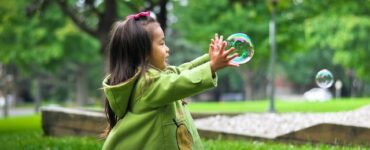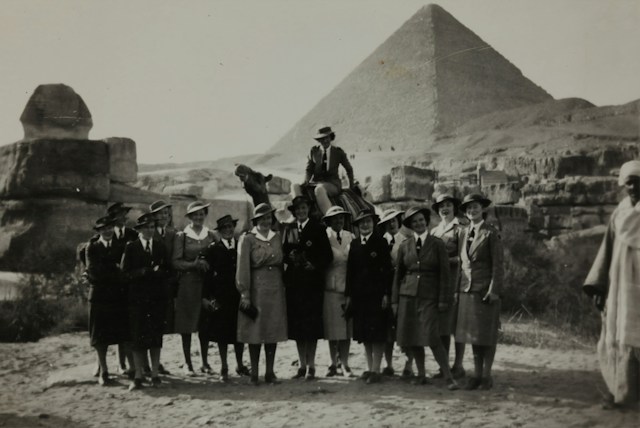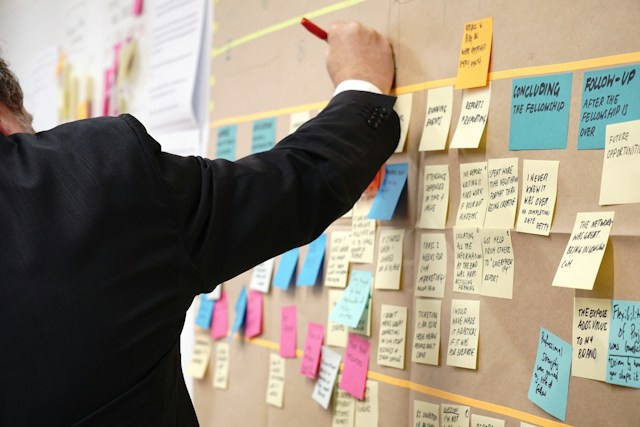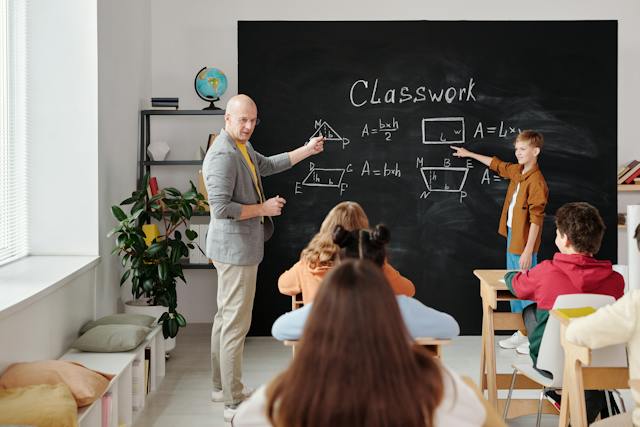Language and communication skills are fundamental aspects of human development allowing individuals to express themselves connect with others and navigate the world around them. In this comprehensive guide we delve into the milestones of language and communication providing valuable insights and guidance to help you understand and support these crucial skills in children and individuals of all ages.
I. Introduction to Language and Communication Skills
Language and communication encompass a broad range of abilities including speaking listening reading writing and nonverbal communication. These skills enable individuals to convey thoughts share information express emotions and engage in meaningful interactions.
II. Language Development Milestones in Infancy and Early Childhood
- Cooing and Babbling: Around 2 to 4 months infants begin to produce cooing sounds such as “ooh” and “aah.” This early vocalization serves as a foundation for developing language skills. By 6 months babies progress to babbling combining consonant and vowel sounds (“ba-ba” “ma-ma”).
- First Words: Between 10 to 14 months children typically utter their first recognizable words such as “mama” “dada” or the names of familiar objects or people. Vocabulary expands gradually with children learning new words at a rapid pace.
- Sentence Formation: Around 2 to 3 years old children start combining words to form simple sentences. Initially these sentences may consist of two words (“me play”) and gradually progress to more complex structures as their language skills develop.
- Understanding Language: By 3 to 4 years children demonstrate an understanding of more complex language structures and follow instructions involving multiple steps. They comprehend basic questions engage in conversations and express their thoughts and ideas more effectively.
III. Communication Development Milestones in Preschool and School-Age Children
- Expanded Vocabulary: As children enter preschool and early school years their vocabulary expands significantly. They acquire new words through exposure to books conversations and educational settings.
- Grammar and Sentence Complexity: Children become more proficient in using grammatically correct sentences and understanding the rules of language. They can express more complex thoughts and ideas with improved clarity.
- Reading and Writing Skills: Between 4 to 7 years children develop foundational literacy skills. They recognize letters learn letter-sound correspondence and begin to read simple words and sentences. Writing skills also emerge starting with scribbles and progressing to forming letters and words.
- Conversational Skills: Children become more adept at engaging in conversations taking turns listening attentively and responding appropriately. They develop the ability to interpret nonverbal cues and understand social norms in communication.
IV. Language and Communication in Adolescence and Adulthood
- Language Proficiency: In adolescence language skills become more sophisticated and nuanced. Teenagers refine their vocabulary grammar and overall communication abilities. They demonstrate critical thinking skills and engage in complex discussions.
- Written Communication: Writing skills continue to develop in adolescence and adulthood. Individuals become proficient in constructing well-organized essays reports and other written forms of communication.
- Nonverbal Communication: Throughout life individuals refine their nonverbal communication skills including body language facial expressions and tone of voice. These elements play a crucial role in conveying meaning and understanding social dynamics.
V. How to Support Language and Communication Development
To foster language and communication skills in children and individuals of all ages consider the following strategies:
- Read Aloud: Regularly read to children from an early age. This practice exposes them to language patterns expands their vocabulary and enhances listening skills.
- Engage in Conversations: Encourage meaningful conversations by actively listening asking open-ended questions and providing opportunities for self-expression. This helps develop communication and comprehension skills.
- Provide Language-Rich Environments: Surround children with books educational materials and engaging activities that promote language development. Create opportunities for writing storytelling and imaginative play.
- Model Effective Communication: Be a role model by using clear and concise language active listening and respectful communication. Show children how to express themselves appropriately and engage in healthy conversations.
VI. Conclusion
Language and communication milestones are essential indicators of human development. By understanding these milestones and providing appropriate support we can help individuals reach their full potential in expressing themselves connecting with others and engaging in meaningful interactions.
Remember each individual progresses at their own pace and it’s important to celebrate their achievements while offering guidance and support. By creating language-rich environments engaging in conversations and modeling effective communication we can foster language and communication skills in children and individuals throughout their lives.















Add comment